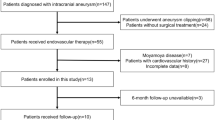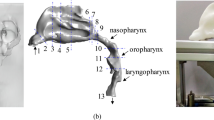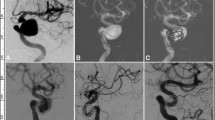Abstract
FROM a review under this title in NATURE of the 11th ult. (p. 339) it appears that Mr. Whymper has done good service to those who use the aneroid in measuring heights, by pointing out a very serious source of error in this instrument. According to the reviewer:—“All who have had any experience in testing aneroids in the usual way, viz. by subjecting them to gradually reduced pressures under the air-pump, and comparing their readings with the concomitant indications of the manometer, are aware that the variations of the two instruments with falling and then with increasing pressures are by no means concordant; but it will be probably new to most that, when the aneroid is allowed to remain for some weeks under the reduced pressure, its indications continue falling, and to such an extent that its final error in certain cases is five or six times as great as when the exhaustion was first completed. On the other hand, aneroids that have been kept for some weeks at a low pressure when restored to the full pressure of the atmosphere take many weeks to regain their condition of equilibrium. The greater part of the recovery takes place in the first week, and a considerable part in the course of the first day.”
This is a preview of subscription content, access via your institution
Access options
Subscribe to this journal
Receive 51 print issues and online access
$199.00 per year
only $3.90 per issue
Buy this article
- Purchase on SpringerLink
- Instant access to full article PDF
Prices may be subject to local taxes which are calculated during checkout
Similar content being viewed by others
Author information
Authors and Affiliations
Rights and permissions
About this article
Cite this article
TOMLINSON, H. The Aneroid in Hypsometry.. Nature 45, 440–441 (1892). https://doi.org/10.1038/045440c0
Issue date:
DOI: https://doi.org/10.1038/045440c0



